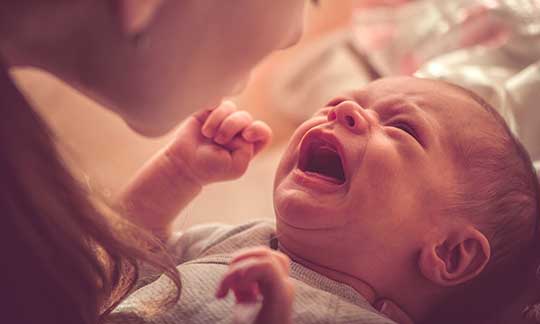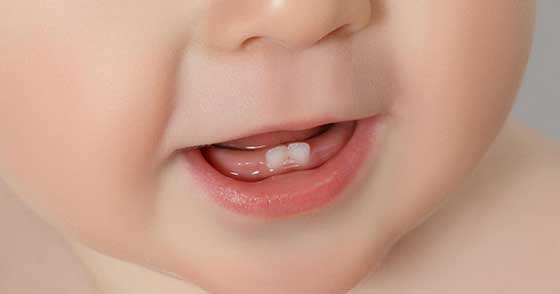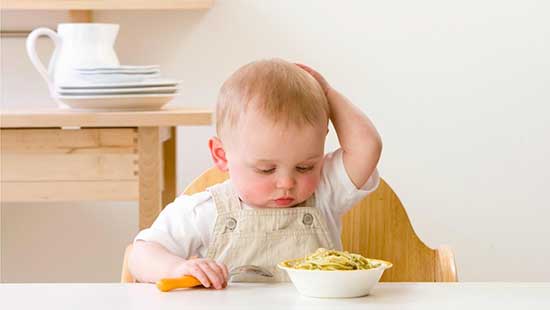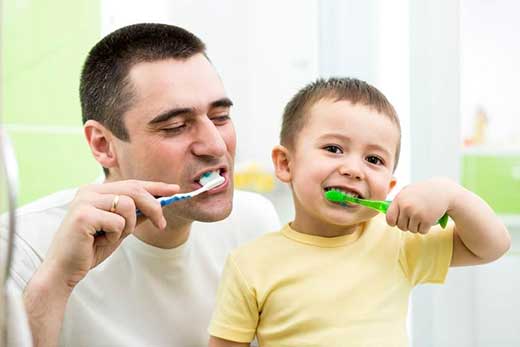.jpg)
When Do Babies Crawl
.jpg)
Babies typically start crawling between the 6th and 9th months. However, if your baby is 9 months old and still not crawling, there is no need to worry and ask, "When will my baby crawl?" Because some babies skip crawling and go straight to walking. In fact, some babies walk first and then crawl. Still, if you are concerned or think your baby may have a developmental delay, you can take a developmental test to ease your doubts.
On the other hand, the reason your baby may not be crawling could be that you are not providing the opportunity for it. Some families tend to keep the baby in a high chair, crib, or on the couch, sitting among pillows all the time. It is necessary to create an environment that encourages crawling and to motivate the baby to do so.
A baby who can sit unsupported and can support themselves on their hands and knees is considered to have reached the level to crawl. Crawling helps develop the baby's arms and legs, as well as their gross motor skills. However, as mentioned above, this is not an indicator of development under normal circumstances.
To encourage your baby to crawl, lay a clean blanket on a suitable surface. Then, place them on their stomach on this blanket. Move in front of them and make inviting gestures to call them to you. You can also show them a colorful, interesting toy or object. While the baby is looking at you, you can crawl in front of them playfully, as if you are playing a game, which may also be effective.
Place your child on a blanket and scatter their toys around them. While trying to reach them, they can learn not only to adopt a crawling position but also to perform other movements.
Unless there is a dangerous situation, you should not intervene with your baby who is trying to crawl, nor should you restrict them. You should allow them to spend time rolling, crawling, and trying to reach things on the floor; you should encourage and motivate them with games. You should encourage them to continue crawling with a smile when they do.
Not Every Baby Crawls the Same Way
When your baby first starts crawling, there may be some funny sights. They may not yet know how to do it and it may take time for them to find the most suitable and comfortable position for themselves. Each baby's crawling style is also not the same. Some crawl forward, while others crawl backward.
What to Do for the Safety and Comfort of a Crawling Baby
- Ensure that the surface they will crawl on is always clean and dust-free.
- Remove anything that could pose a danger to the baby or could be put in their mouth.
- Make sure that the baby will not be harmed by the sharp edges of furniture and objects.
- Make electrical outlets safe.
- Put locks on drawers and cabinets that are close to the floor and accessible to the baby. Do not store hazardous items like cleaning supplies in lower cabinets.
Child Health and Safety Other Content in the Category

Child Health and Safety
Child Safety: Medications Should Be Stored Out of Reach of Children

Child Health and Safety
10 Effective Tips for Child Health

Child Health and Safety
8 Factors That Cause Babies to Cry

Child Health and Safety
Down Syndrome Diagnosis Methods
.jpg)
Child Health and Safety
When Do Babies Crawl

Child Health and Safety
Information About Teething Period in Babies

Child Health and Safety
Ways to Protect Children from the Coronavirus

Child Health and Safety
My Baby Refuses to Eat Solid Food

Child Health and Safety
What to Do to Instill Brushing Habits in Children

Child Health and Safety
Newborn Care

Child Health and Safety
How Much Water Should Babies Drink?

Child Health and Safety
10 Things to Do for a Healthy Pregnancy

Child Health and Safety
10 Ways to Prevent Sugar Consumption in Children

Child Health and Safety
Frequently Asked Questions About Cancer and Chemotherapy

Child Health and Safety
